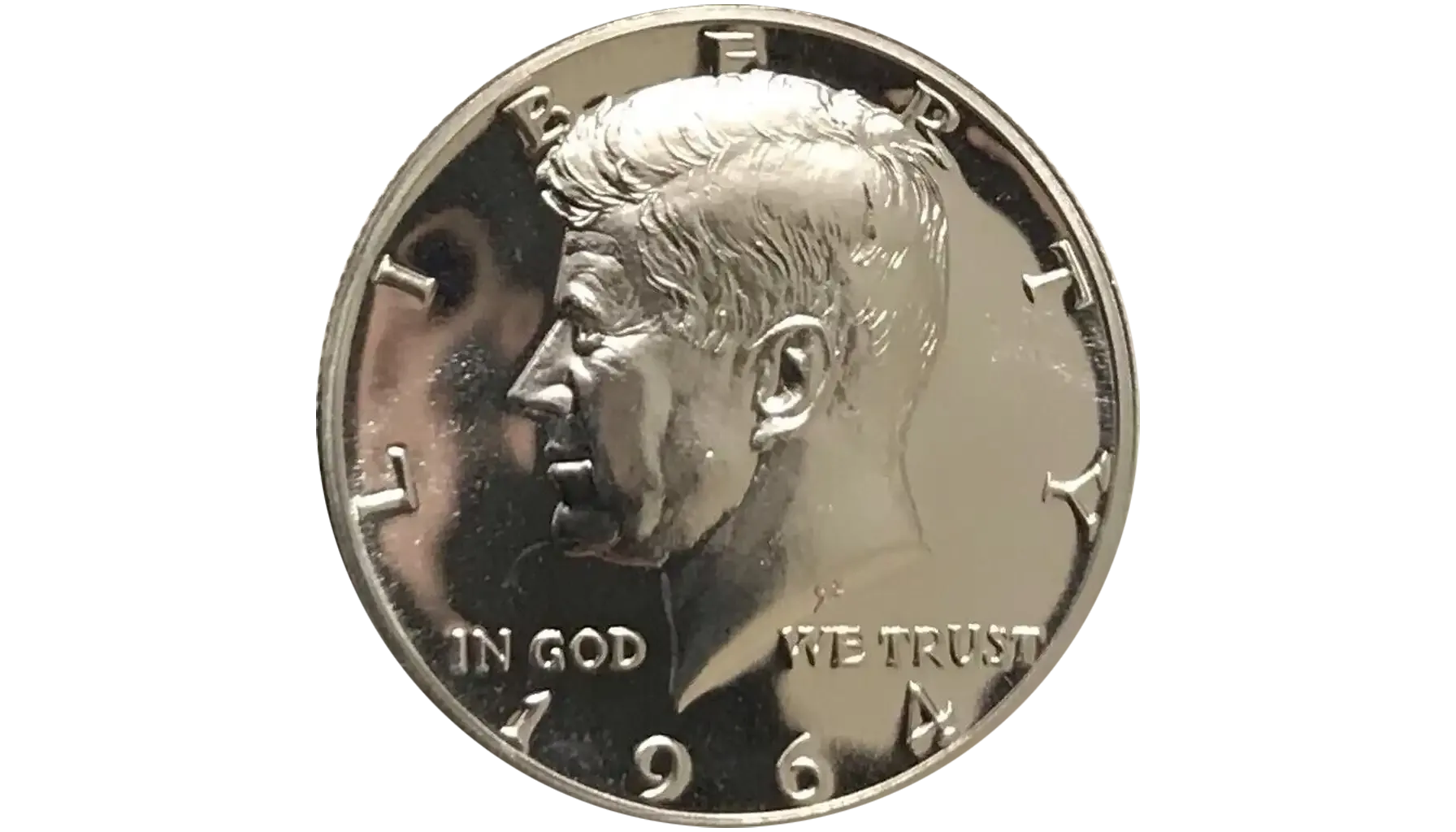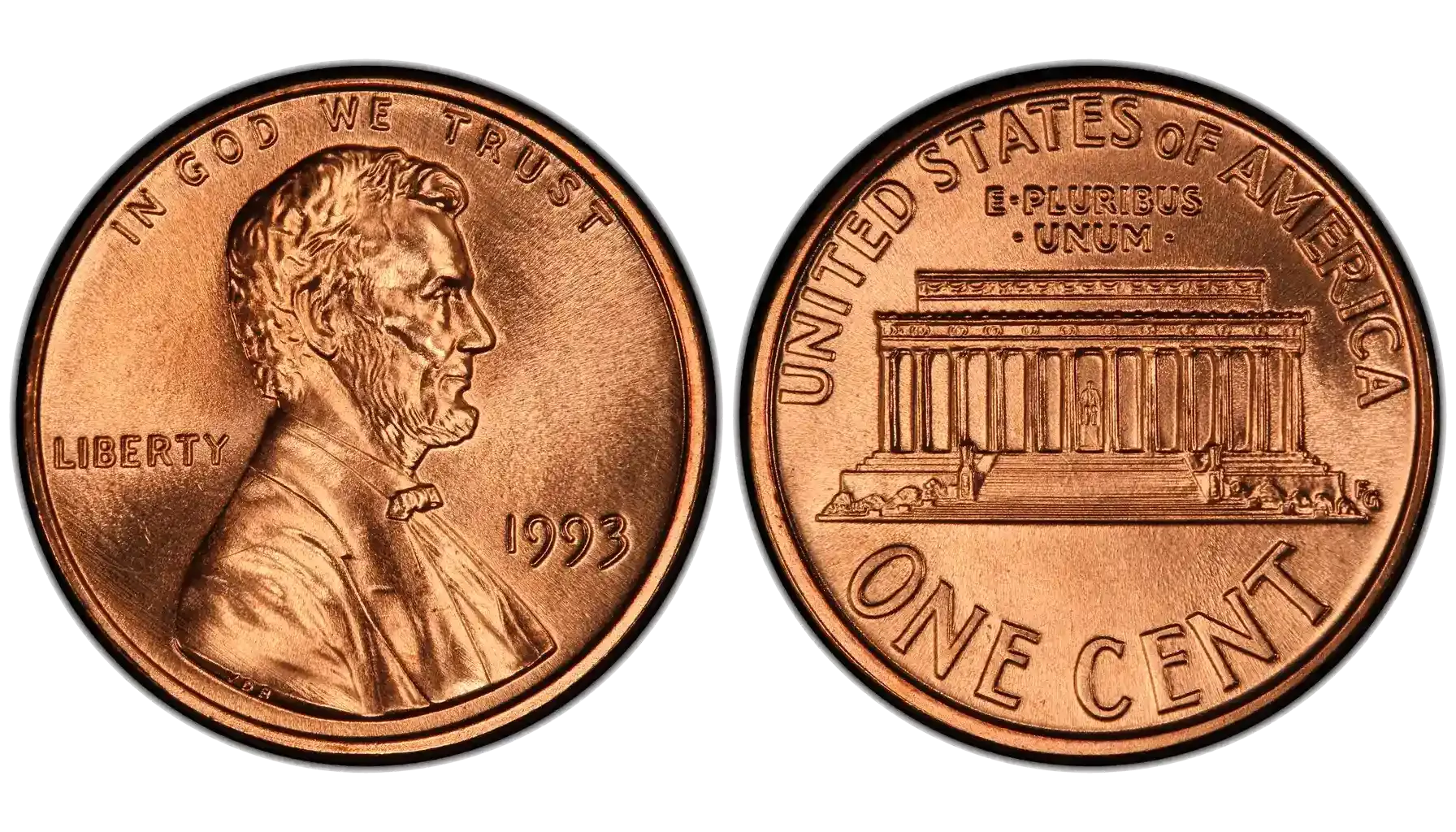Contents:
Half dollars have long held a special place in American coinage. From early designs honoring liberty to iconic portraits of statesmen, these coins are a part of U.S. history in your hand. For collectors, the most appealing varieties are those minted before 1965, when they contained 90% silver.
In this guide, we’ll break down everything you need to know: which half dollars contain silver, how much they’re worth, the most valuable key dates, and how to collect them today.
If you need an immediate answer to how much this particular coin costs, download an AI coin identifier.
A Brief History of Half Dollars
The Coinage Act of 1792 established the U.S. Mint and laid the foundation for coin design, weight, and metal content. For more than 170 years, silver half dollars were standard. From 1794 through 1964, nearly every circulating coin had 90% silver and 10% copper content.
In 1965, rising silver prices triggered a major change. The U.S. government began removing this material from coins. Half dollars minted between 1965 and 1970 contained only 40%. After 1970, all regular circulating half dollars were made with copper-nickel alloy.
This change marked the end of an era and sparked the beginning of widespread interest in collecting older coins. It also gave rise to the term “junk silver,” used to describe circulated coins with no numismatic value but considerable melt value.
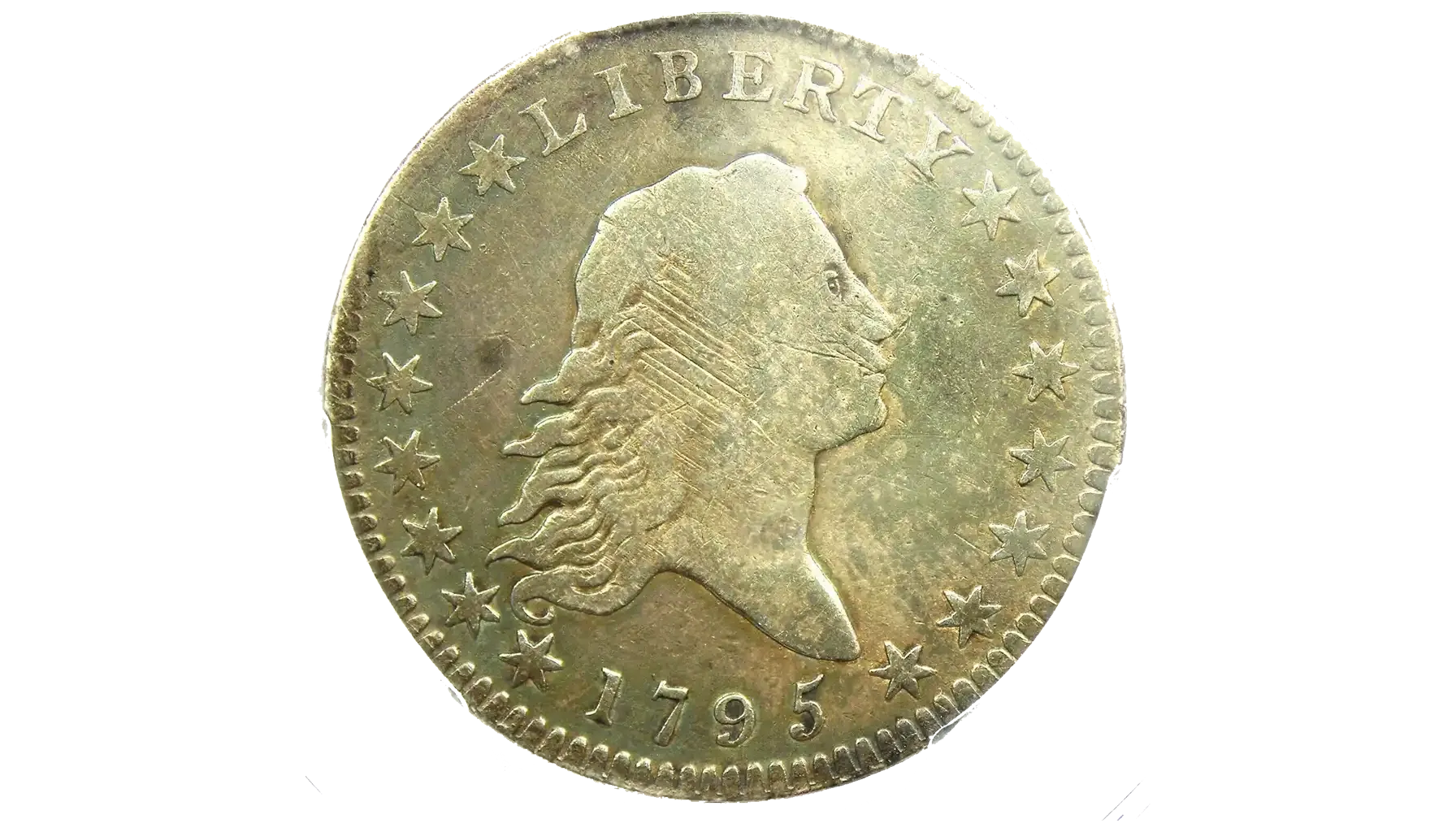
Silver Content in U.S. Half Dollars
Years Minted | Type | Silver Composition | Silver Weight (troy oz) |
1794–1839 | Flowing Hair, Draped Bust, Capped Bust | 89.24% | 0.3866–0.3868 |
1839–1964 | Seated Liberty to Kennedy | 90% | 0.3617 |
All 90% silver halves weigh 12.5 grams and contain roughly 0.3617 troy ounces of silver. How much are silver half dollars worth? At today's spot price (~$35.68/oz), each melt value is around $12.91. However, the collector value of halves often far exceeds melt value.
If you're wondering what year half dollars are silver, the simple rule is this: anything minted in 1964 or earlier is 90% silver. From 1965 to 1970, Kennedy coins were 40%. After that, they became clad coins with no silver content. Do you have a collection of such items after the 1970s? Check out the article 1972 Half Dollar Value Checking to know the real price of your collection.
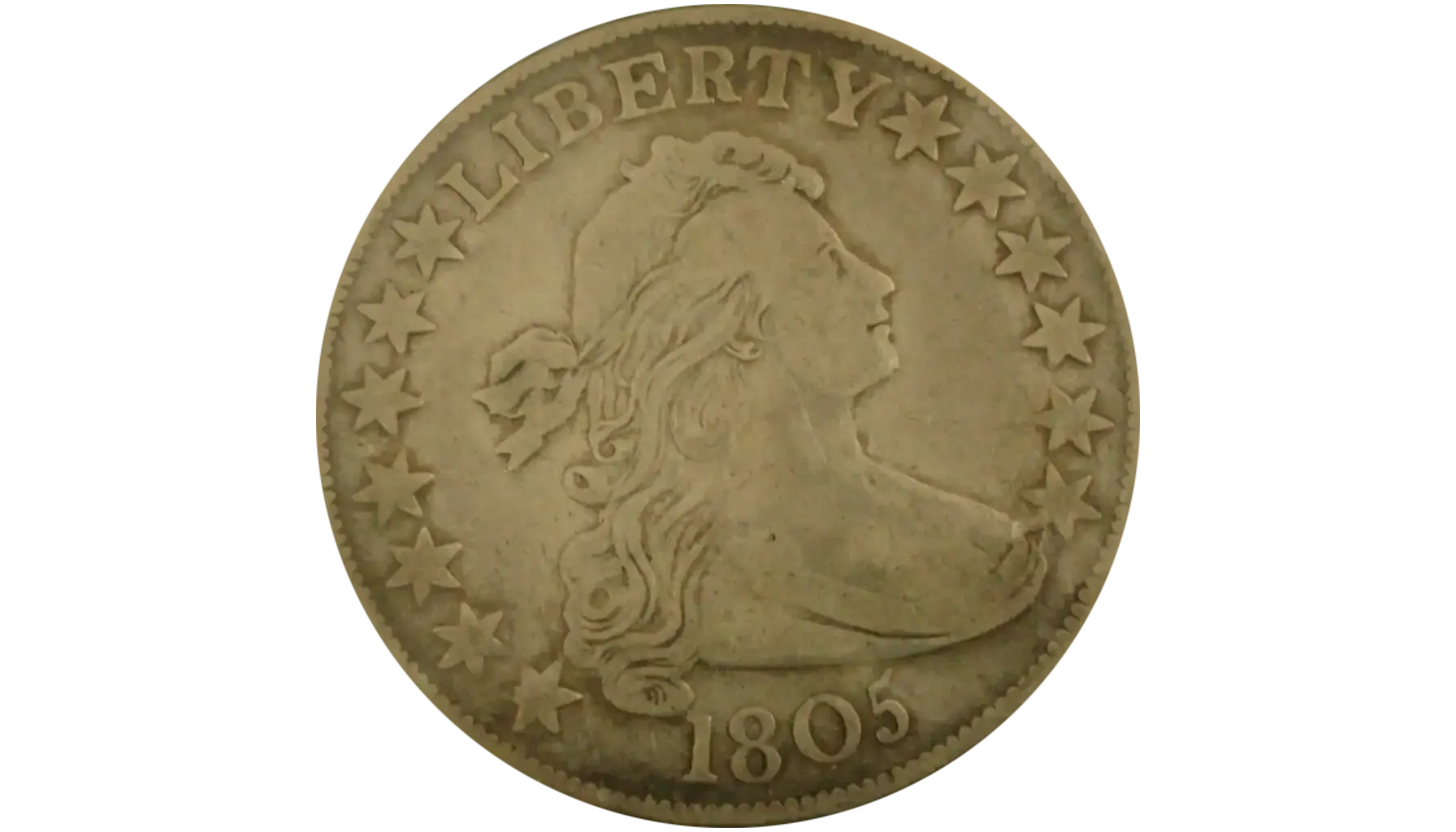
Types of 90% Silver Half Dollars (1794–1964)
Name of Half Dollar | Year | Composition (silver) | Weight | Additional Information |
Flowing Hair | 1794–1795 | 89.24% | .3868 troy ounces | The first U.S. half dollar. Rare and expensive in any grade. Designs include Liberty’s profile and a small eagle. |
Draped Bust | 1796–1807 | 89.24% | .3868 troy ounces | Highly collectible due to limited mintage. Designs feature a more refined Liberty and a heraldic eagle. |
Capped Bust | 1807–1839 | 89.24% | .3868 troy ounces | Lady Liberty wears a Phrygian cap; the reverse shows an eagle with a shield. |
Seated Liberty | 1839–1891 | 90% | .3866 troy ounces | Longest-running 19th-century design. Some Civil War-era strikes are highly valuable. |
Barber | 1892–1915 | 90% | .3617 troy ounces | Named after designer Charles E. Barber. The obverse features Liberty with a cap and laurel wreath. |
Walking Liberty | 1916–1947 | 90% | .3617 troy ounces | Highly popular with collectors. The design was reused on the American Silver Eagle. High-grade pieces and 1921-dated coins are key. |
Franklin | 1948–1963 | 90% | .3617 troy ounces | Features Ben Franklin and the Liberty Bell. Common in circulated grades, but proofs and high-MS coins are desirable. |
Kennedy | 1964 | 90% | .3617 troy ounces | Minted for just one year in 90% silver. High demand due to JFK’s popularity and short issue period. |
If you’re asking which half dollars are silver the answer depends on the year and composition. Silver Kennedy half dollars include those from 1964 (90%) and 1965–1970 (40%). To know more about this coin, see 1967 Kennedy Half Dollar and other related articles.
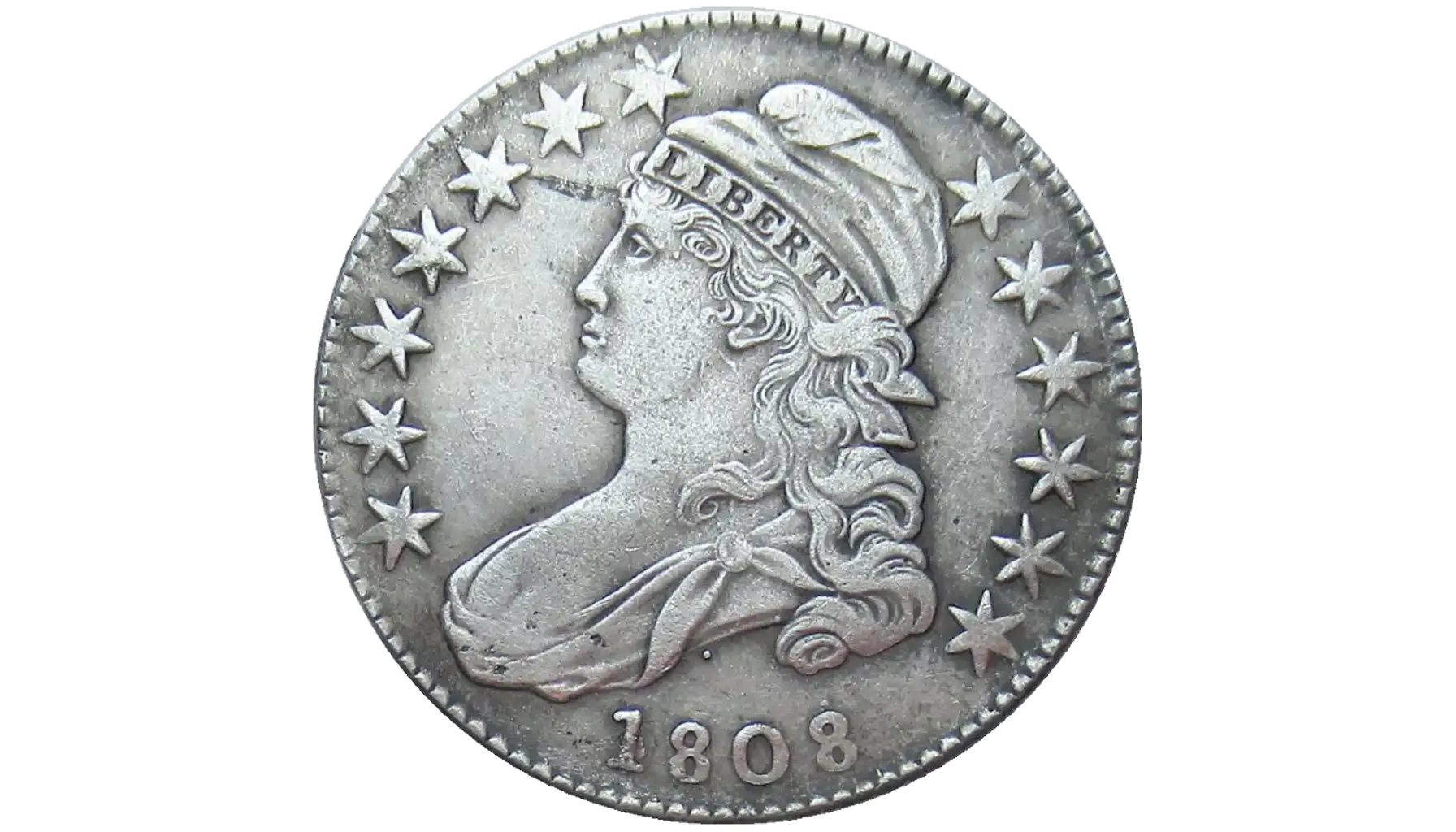
Modern Commemorative Silver Half Dollars
When did half dollars stop being silver? After 1970, the U.S. Mint produced a few 90% silver half dollars for commemorative sets like the 1982 George Washington and 1992 Kennedy Half Dollar Proof. These are targeted at collectors and not intended for general circulation. If you're wondering, are Kennedy half dollars silver in modern times—the answer is yes, but only for specific commemorative issues.
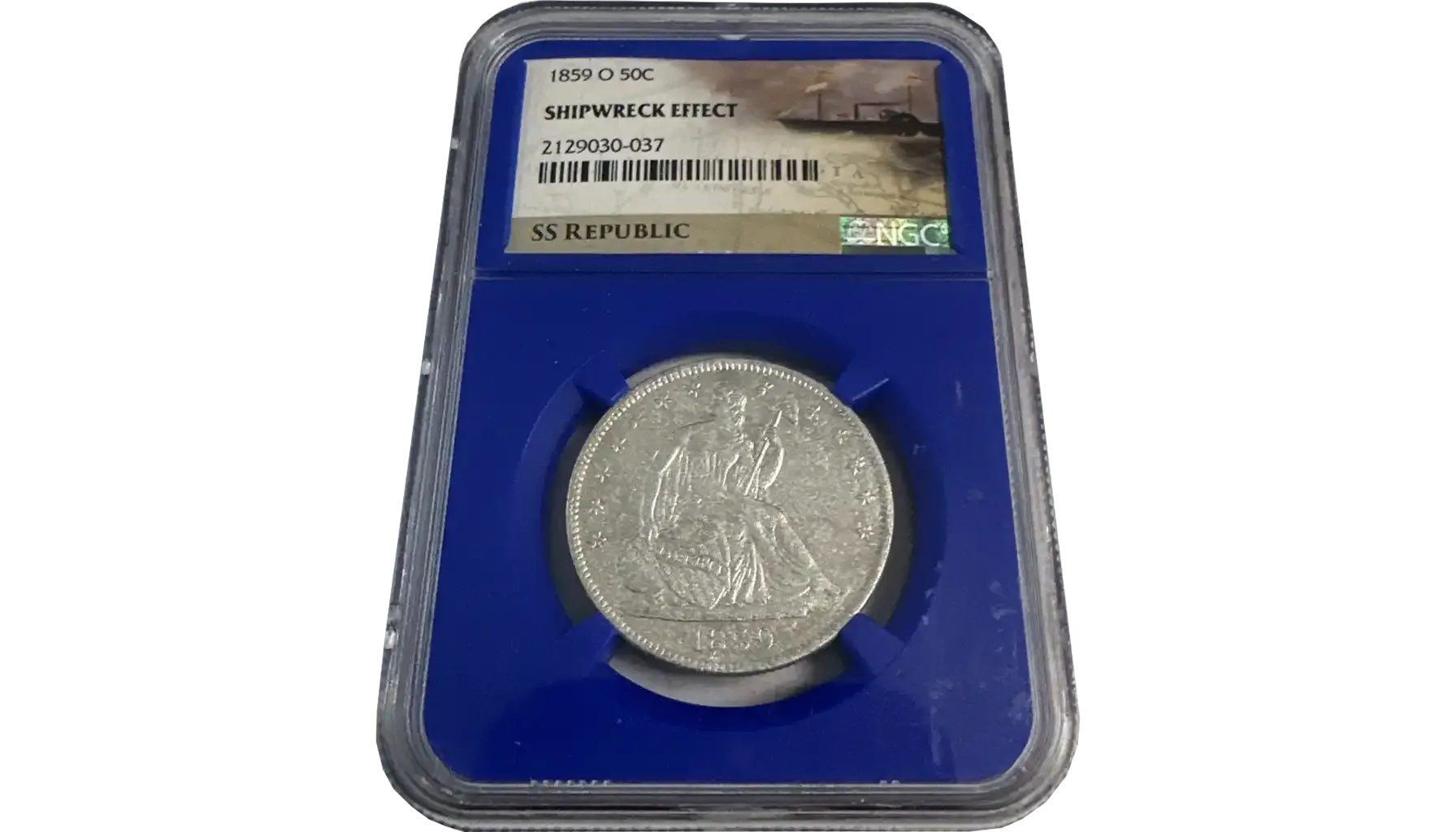
Silver Half dollars value chart (as of June 2025):
Coin Type | Melt Value |
Barber | $12.91 |
Walking Liberty | $12.91 |
Franklin | $12.91 |
Kennedy (1964) | $12.91 |
Kennedy (1965–1970) | $5.28 |
This half dollar value chart reflects the melt value of silver half dollars. Collector premiums can push prices much higher depending on condition, mintmark, or rarity.
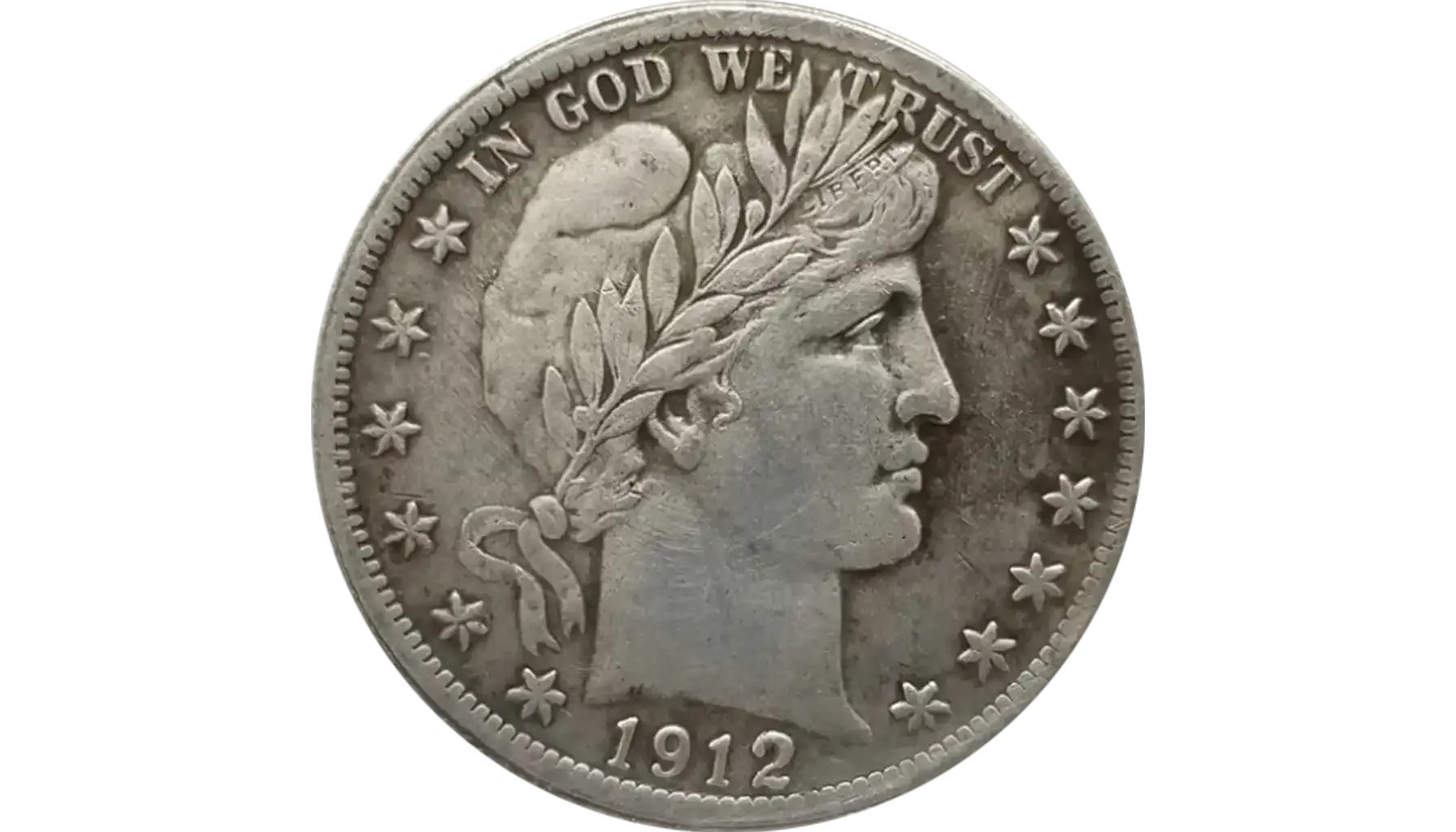
Key Dates and Rarities
Certain dates and mintmarks command strong premiums. Here are some worth watching for:
1796 Draped Bust – Extremely rare and valuable.
1815 Capped Bust – Produced only for one year, very limited.
1916-S Walking Liberty – Scarce in all grades.
1921 & 1921-D Walking Liberty – Rare, especially in XF and above.
1938-D Walking Liberty – Low mintage, key semi-modern date.
1964 Kennedy Proof Accented Hair – Special proof variety with design differences.
1976-S Kennedy Bicentennial – Struck in 40% for collectors.
Even well-worn examples of these dates can fetch hundreds or thousands of dollars.
How to Identify Half Dollars Quickly
Not sure whether that half dollar in your hand is made of silver? There are several quick and reliable methods collectors and dealers use to distinguish these half dollars from clad ones.
Sound Test
Silver has a unique acoustic quality. When gently tapped against another coin or dropped on a hard surface like wood, 90% coins emit a high-pitched, ringing tone—often described as a “chime.” In contrast, clad coins (made from copper and nickel) produce a duller, flatter sound. Many experienced collectors rely on this "ping test" as a first step when checking old coins. For even more accuracy, there are mobile apps and tools that analyze coin tones digitally.
Edge Check. Take a look at the coin’s edge. Silver coins have a solid gray edge, whereas modern clad coins show a distinct copper-colored line running around the circumference. This is because clad coins are layered: a copper core sandwiched between nickel layers. These coins, by contrast, are homogenous in color and metal content. This visual cue is especially useful when searching rolls of coins for pieces.
Weight Test. These coins are slightly heavier than their clad counterparts. A 90% silver half dollar weighs about 12.5 grams, while clad versions weigh closer to 11.34 grams. This difference may seem small, but with a precision digital scale, it’s easy to spot. If you’re trying to confirm a bulk purchase or want to detect counterfeit or altered coins, weighing them is a reliable method.
Magnet Test. Using a magnet can help rule out fakes. Real U.S. half dollars are not magnetic. If your coin sticks to a magnet, it’s either a counterfeit or made with a different metal altogether.
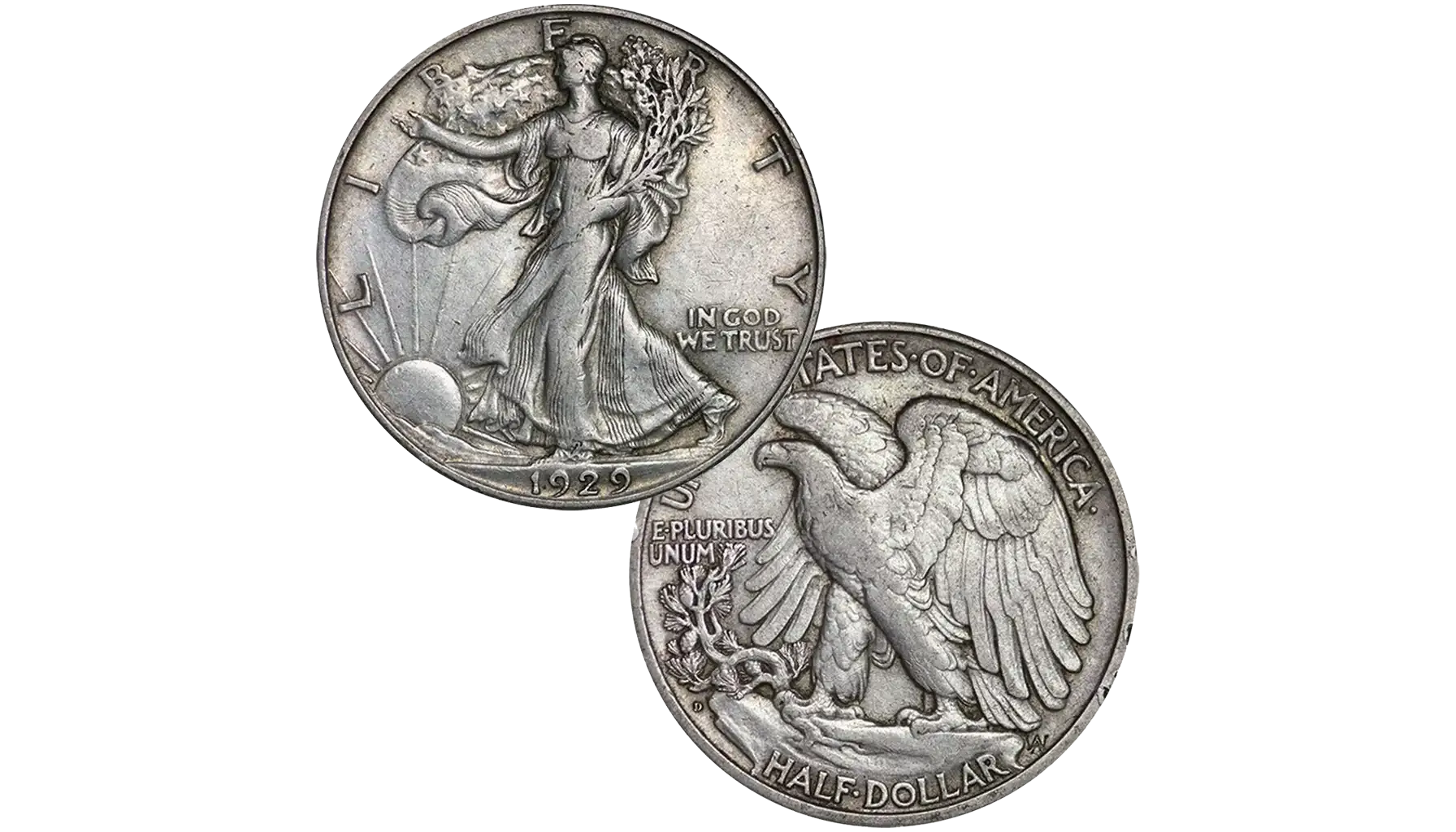
Visual Clues from Design
Familiarity with coin types and designs helps too. For example, if you spot a Franklin or a Walking Liberty design, you can safely assume it contains silver. Similarly, a Kennedy half dollar with a date of 1964 is always 90% silver, while ones from 1965–1970 are 40 silver half dollars. Later dates are only silver if they’re part of a special collector set (like the 1992-S Proofs).
If you’re ever unsure what years were half dollars silver, just remember:
1964 and earlier = 90%
1965–1970 = 40% (Kennedy only)
1971 and later = no silver (unless marked otherwise for collectors)
These quick checks are especially useful when sifting through circulated coins, estate collections, or bulk lots.
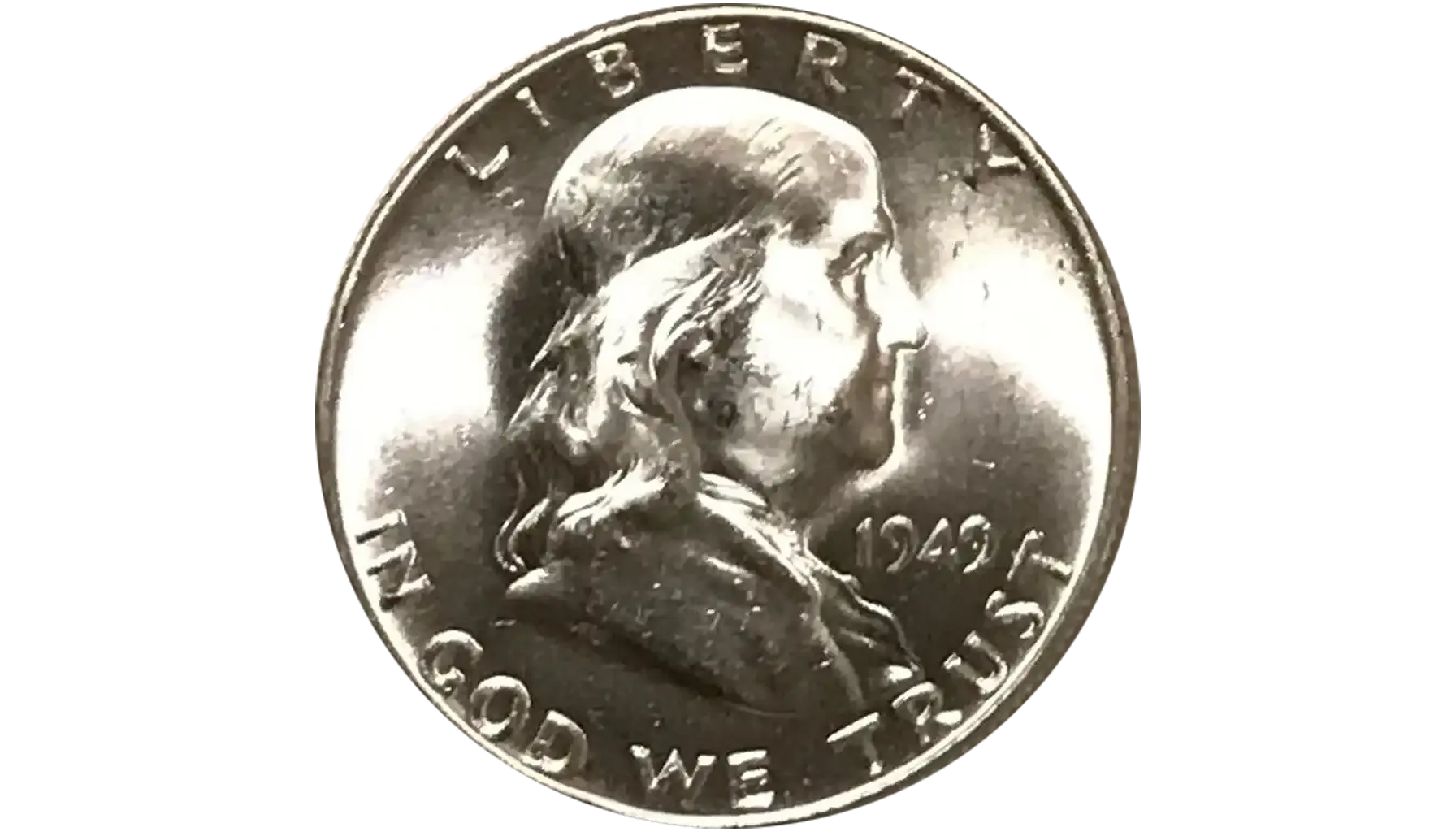
How to Store and Protect Half Dollars
Proper storage is important for preserving both the silver content and numismatic value of your half dollars.
Store in cool, dry places: silver tarnishes when exposed to moisture or extreme temperature changes.
Use silica packets or anti-tarnish strips: these help absorb moisture and prevent spotting.
Choose the right containers: use coin tubes, albums, or slabs depending on the purpose.
Keep coins organized: group by date, mintmark, and type.
Separate rare and common coins: don't mix valuable pieces with bulk.
Consider insurance: if you own high-value coins, protect them.
Inspect periodically: look for signs of tarnish or damage annually.
Where to Buy or Sell U.S. Half Dollars
Whether you're collecting or selling, these are the best options:
Local Coin Shops (LCS). Great for in-person appraisals and fast transactions. You can ask about 90 silver half dollars value, or bring in bulk to get spot melt rates.
Online Dealers. Trusted names like APMEX, JM Bullion, and SD Bullion offer a wide range, including mixed-date lots or certified coins. Many buyers look here for consistent pricing and fast delivery.
eBay and Online Auctions. A good place to find rare dates or slabbed coins. Be sure to confirm authenticity and seller ratings.
Coin Shows and Conventions. Dealers from across the country gather here. You can get competitive offers or build your collection efficiently.
Collector Forums and Social Media. Reddit’s r/coins and Facebook groups allow you to trade directly with other collectors. It’s a good place to ask “what are silver half dollars worth” based on current trends.
Auction Houses. High-end coins like MS65+ or rare varieties do well through Heritage Auctions or Stack’s Bowers.
Pawn Shops and Gold Buyers. Fine for bulk, but not ideal for rarities.
Does Your Half Dollar Worth Anything
Dollars minted before 1965 have a real metal value. If you're stacking for weight or chasing numismatic treasures, these coins continue to draw collectors. They answer many questions people ask—are silver dollars worth anything, how many silver half dollars make an ounce, or what year did they stop making silver dollars—with real, tangible value.
With clear identifiers like date, edge, and weight, plus a solid silver content in every coin, these pieces remain highly desirable in any condition. The Flowing Hair design or the last silver Kennedy dollars, these coins are more than collectibles—they’re pieces of history.
